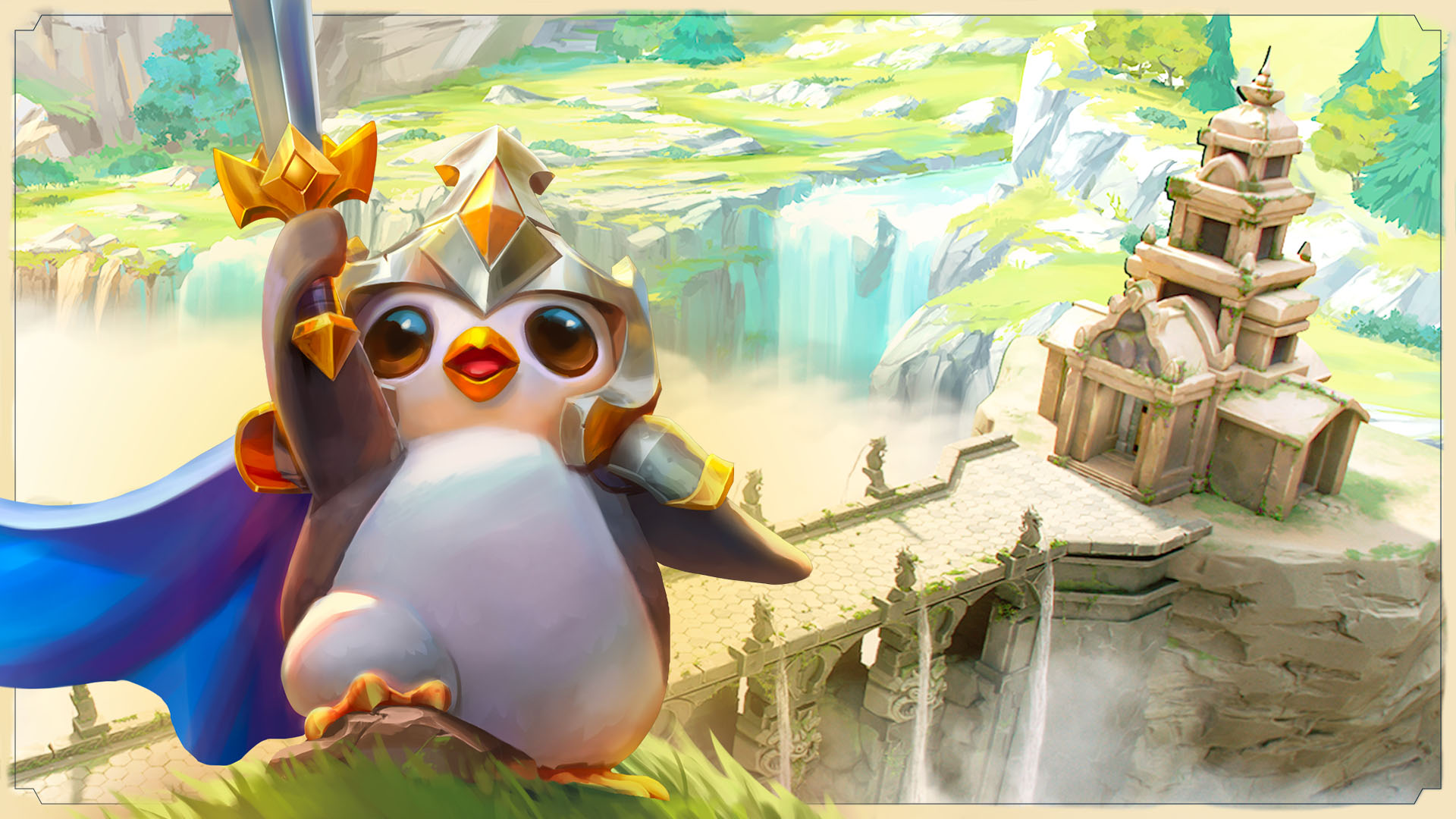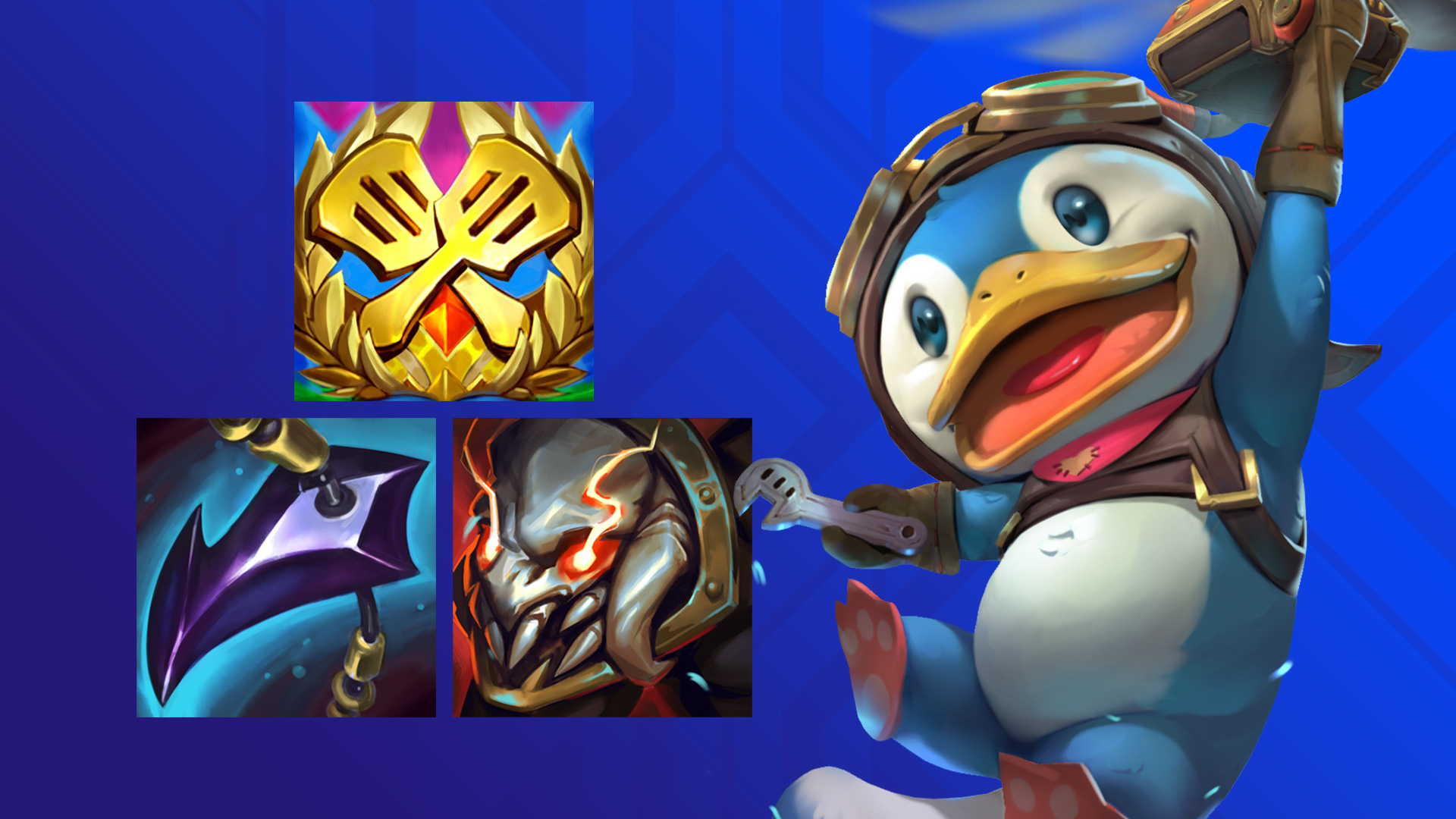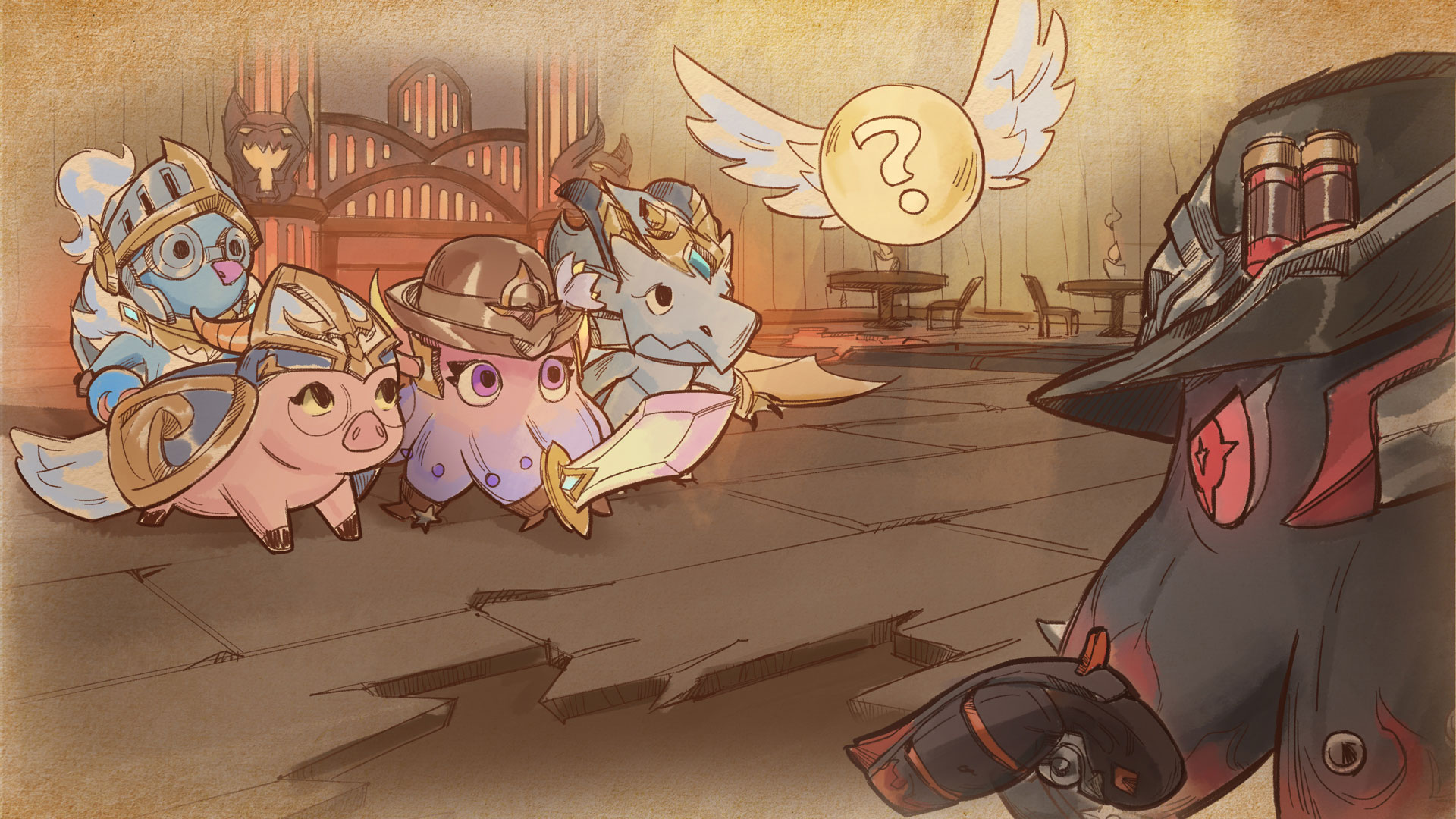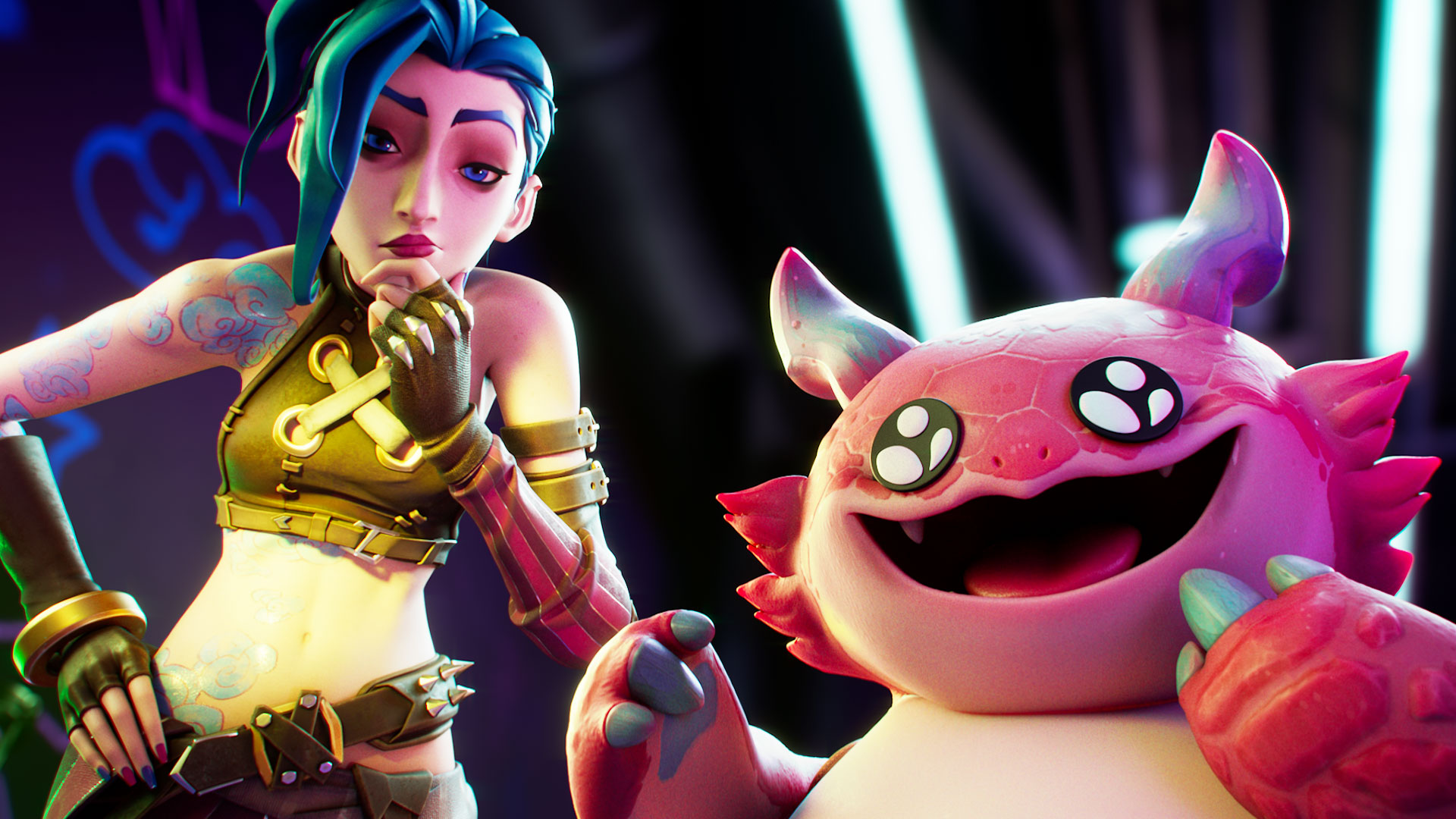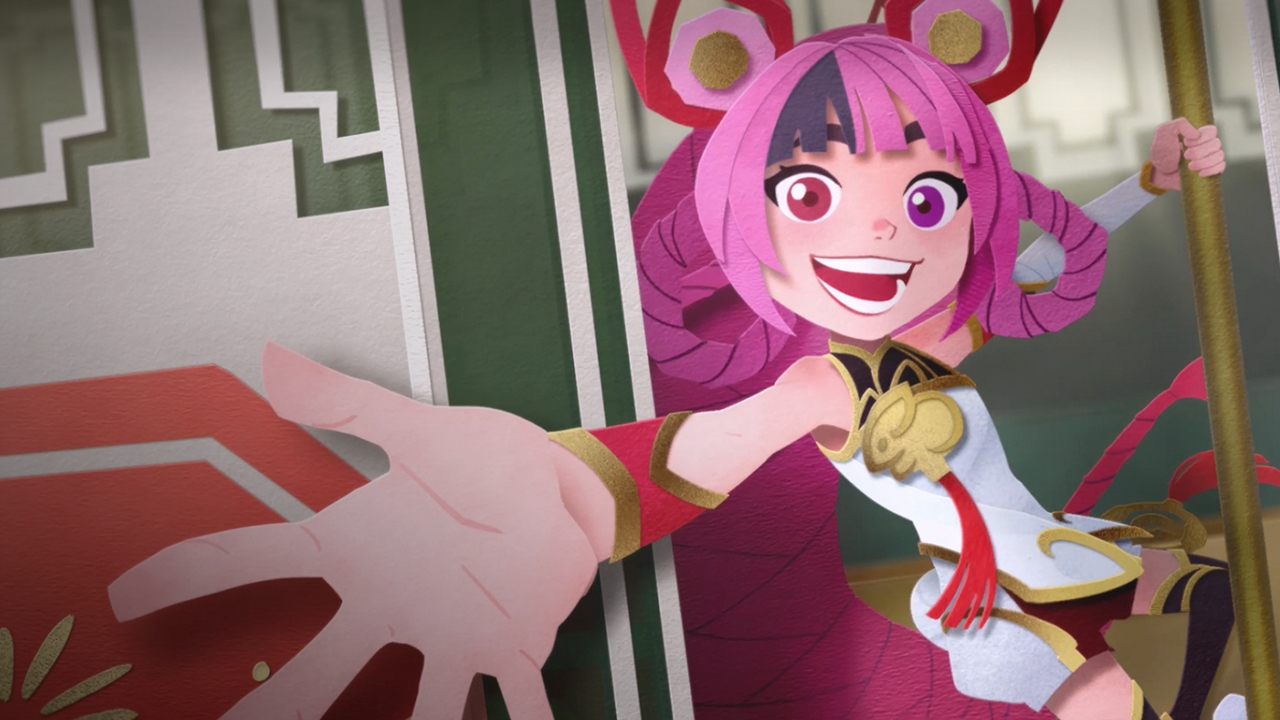Top 5 Mistakes to Avoid in TFT
Welcome to my guide on beginner mistake to avoid in TFT. I’m AlanLube and I’ve been playing TFT since the beta, and have reached Grandmaster or Master in almost every set that I’ve played.
As I watch my friends or other gamers play TFT, I notice a lot of similar mistakes that can be avoided. Learning a few tricks and fundamentals is a great way to help your climb.
In this article, I’ll be going over what I consider the 5 biggest mistakes you may be making. For the most part, these tips won’t be something simple like, scout more. Scouting, positioning, and things of that sort are things you learn over time, so I wouldn’t consider that a beginner mistake.
Rather, these mistakes are targeting ideas and concepts that you may not be considering when playing a game.
Spending Gold When you Shouldn’t
The first mistake I see the most often from beginners is spending gold when they shouldn’t. This mistake can be seen throughout the game, but I find most common toward the end of Stage 3.
If it is Round 3-5, and you feel that your board is too weak, you may feel the urge to roll down to find some upgrades. I’m here to tell you that it’s too late.
The time to make your board stronger was at 3-2, which is right after getting an Augment and most likely leveling up to 6. If you roll down at 3-5, you’re only destroying your future economy. While you may save 1 round of HP, other players will get even stronger at 4-1, and you will be in a worse spot than you were before.
If it’s 3-5 and you’re weak, simply eat one more loss and look to make your board stronger at 4-1 after leveling up to 7. Or, if you’re playing a slow roll comp, you should also look to 4-1 to roll down and try and hit your 3 star units.
By waiting until 4-1, you give yourself another neutral creep round to gain more interest, making it more likely you can strengthen your board at 4-1.
This same principle applies to stage 4-5 as well. If you’re level 7 and are eating some losses, rolling now will only be a detriment. Wait until 5-1 to level up to 8 and then roll for upgrades.
Important Rounds to Strengthen your Board
In general, there are specific points in the game that you should look for to roll down, and for beginners, you should try to limit your rolling to those rounds.
These rounds include:
- 3-2 (Right after your 2nd Augment and hitting level 6)
- 4-1 / 4-2 (Hitting level 7 after wolves, or after 3rd augment)
- 4-5 (After the last single component carousel)
- 5-1 (Hitting level 8 after Dragon)
For the most part, if you’re playing a comp with a 4-cost carry, you should look to focus your gold on rounds 3-2, 4-1, and 5-1.
If you’re weak and are looking to go Fast 8, you can look at 4-5. Alternatively, if your board is really strong at level 7, you can look to roll at 4-2 instead of 4-1.
These rounds are important breakpoints that allow you to build up economy and hit your upgrades. If you roll too much outside of these rounds, or with no specific intention, you set yourself up for future failure.
Tunnel Vision on Items
The next mistake I see players make is focusing too much on perfect or “BiS” (Best in Slot) items. There are some situations where this may not be a bad thing. If you’re lose streaking early and have good carousel priority, you can make strong items for your carry or reroll comp, etc. However, if you’re win streaking, or middle of the pack, you should try to simply build strong items rather than hold out for perfect items.
What I’ve noticed about modern TFT is that there are rarely carries that will 1v9 when you give them BiS items. You really need a mixture of strong carry items, tank items, and even utility items to make your strongest board possible. Because of this, keeping items on your bench to hold out for perfect items can be a huge mistake.
Making the most out of your components is really important. Let’s say you have these three items on bench.
- B.F. Sword
- Negatron Cloak
- Giant’s Belt
Furthermore, you have a Zed carry that has a Last Whisper on him.
There are many options you can go for here, but you really want to build Edge of Night on Zed (B.F. + Chain Vest). With your last item selector, you take Chain Vest, build Edge of Night, and your last item is Zephyr.
While Zephyr is a solid item, you notice that your frontline is a little weak right now. Your Sejuani has no items, and you can’t rely on Zephyr every round to hit the enemy carry.
Here’s another alternative you could’ve done.
You use your item selector to take Giant’s Belt, and proceed to build Warmog’s Armor for Sejuani, and Bloodthirster for Zed.
This will most likely be stronger than Edge of Night + Zephyr.
Bloodthirster provides a similar role to Edge of Night for Zed. It gives him an HP shield and Omnivamp, giving Zed more survivability. Furthermore, a Warmog’s Armor on Sejuani improves your frontline a good amount, giving your overall team a bigger boost than a “BiS” item.
Balancing Frontline and Backline
The key takeaway for items is that you should focus on balancing your frontline and your backline. If your frontline is weak, it doesn’t matter if Zed has ideal items because he will simply die after your frontline dies. Conversely, if your frontline is amazing, but you lack damage items, you won’t win the fight as it drags on.
There are some items that are extremely crucial for certain carries, like Blue Buff on Yuumi, or Last Whisper on Samira, but beyond the requirements, try to learn how to balance your item components more as that will lead to more success than tunneling into a BiS carry.
Adapting to your Bad Luck
This next tip applies for almost every single game of TFT. Simply put, you should try to learn how to adapt your gameplay based to how things are going in game. For beginners, you may have learned a simple leveling strategy, and I even lay out a simple strategy for when to roll in the first tip. However, there will be some games where things just don’t go your way. And that’s fine.
However, learning how to adapt in these situations will make you a better player and also help you climb higher. So, what do I mean by adapting?
Pivoting / Trying New Comps
Well the first example will be simple. If you’re not finding the right units or augments or items, you should try to pivot into a different comp. When your first 4 items are Tear, Tear, Rod, Rod, maybe don’t force Samira this game. If you need to pull up a guide and figure things out for the first time, that’s ok. What’s more important than your LP is that you’re improving game by game. If you try a comp for the first time and fail, the next time might not be so bad, and so on, and so on.
Adapting your Decisions
This next tip isn’t quite so simple. If your game is going poorly, you don’t necessarily have to adapt to a different comp. Instead, you can also learn to adapt your decisions, such as leveling, rolling, and itemizing.
Let’s say you’re playing a reroll comp like Yuumi. You’re rolling at level 6 and you don’t find any 3 star upgrades. At 4-1, you should probably make the decision to roll basically down to 0 to hit as many upgrades as possible. If you don’t hit and lose, so be it. The mistake I see players make a lot is not rolling down when they should. If your board is way behind where it should be, you need to do something about it.
The same can be said if say you’re playing a Kai’Sa comp (a 3-cost slow roll comp). It’s 3-2 and you’re on a 6 loss streak with 50 HP. If you simply level up and wait for level 7 to roll, you may lose way too much HP. Instead, you should roll a little bit at level 6 to recover, and then continue onto level 7, followed by slow rolling.
Rolling when your early game is bad will decrease your odds of being stronger late game, as you sacrifice early economy to stabilize. Even still, this is better than just following a leveling strategy and going 8th. You need to prayge that your recovery will be strong enough and that your luck will turn around in the latter portion of the game.
Getting too Greedy
This next section is basically the opposite of the previous one. While some games you will have bad luck, other games, you may have insane luck. You hit all the upgrades you want early game and cruise all the way to level 8 with no struggles. In these situations, I often see players get careless and hold out for too long, trying to go for a 1st place.
In games where you have a strong early game, it’s important to make the most of this gift from Mortdog and go for a high placement. However, reaching for the sun can get you burned. If you completely neglect level 8 and go for a strong level 9 board, you may lose too much HP and end up 5th instead of even top 4.
Staying Aggressive
Why does this happen so often? If you’re able to go fast 8 and have 90+ health and 50 gold, you may think “I should go fast 9 and go for 1st.” While this can be true, it’s also very risky. When you win streak a lobby, everyone else is playing on the edge of their seat. There’s bound to be one player with 20 HP that rolls down to 0 and just hits. When this happens, he may overtake you quickly and also steal strong late game units you might want to pick up.
My advice would be to try and be as strong as possible while also leaving room for future upgrades. For example, if you’re first to hit level 8, you may want to roll a bit to hit a 2-star 4-cost carry. Maybe you’re able to splash in a 5-cost as well. Look to strengthen your board while also leaving enough economy to go level 9.
This is better for 2 reasons:
- This is a more consistent play as you are less likely to lose too much HP at level 8 saving for level 9.
- By upgrading your board, you put more pressure on players that are low HP and can potentially even knock them out before they can recover.
Overall, staying aggressive when you’re ahead is just as important as trying to go for 1st. If you can balance these two factors, you’ll be able to consistently top 4 while also taking advantage of 1st place opportunities when you see it.
Evaluating your Board Strength
My last tip is basically a culmination of everything. Evaluating your board strength is an essential skill to learn for any TFT set or comp. If you know the strength of your board, you can make decisions accordingly with all other aspects of the game.
A mistake I often see is players not rolling when their board is weak, and rolling too much when they’ve already stabilized their board.
All of these questions can be answered once you figure out how strong your board is:
- Should I roll at level 6 to stabilize?
- What upgrades do I need in order to stabilize?
- Should I roll more or save up economy for the next level?
- Do I need to roll down to 0?
- Should I build more offensive or defensive items?
There are a million different factors that can determine how strong or weak your board is. Many things can change how strong your board is.
- Is this a Prismatic Augment game?
- How many other players rolled down because they are close to dying?
- Are your items strong for your particular units?
- How many Combat Augments did you pick?
This is probably the one skill that will continue to evolve for as long as you play TFT.
Board Strength Checklist
For those that need a bit of help with this, here’s a short little generic checklist to see if your board is strong.
- Stage 2
- Do you have any upgraded (2-star) units? If so, leveling up to try and win streak can be good.
- If not, you can look to lose streak with a weak board. Build up economy in the meantime.
- Is there a good mix of traits (Laser Corps + Brawler for example)
- Can you build strong early game items (Sunfire Cape, Warmog’s Armor, Ionic Spark, Infinity Edge, etc)
- Stage 3
- Early in Stage 3, you should have at least a few upgraded units.
- As the Stage progresses, were you able to hit any upgraded 2 or 3-cost units. (Annie, Sivir, Riven, Vayne, Kai’Sa, etc)
- At the 3-4 Carousel, look for an item to slam to make your board stronger.
- Stage 4
- Have you found a 4-cost carry? (1 star)
- Did you hit any strong trait breakpoints with 7 units on the board.
- If you’re slow rolling a 1/2-cost carry, have you hit the three stars you need to stabilize? If not, roll down.
- Continue using upgraded units along with strong 4 or 5 cost units you find.
- Stage 5
- Did you find your carry 2 star or even a 1 star 5-cost carry?
- Have you hit all of the units you need to activate important traits?
- If you’re slow rolling a 3-cost carry, did you hit yet? If not, probably roll down.
- Should you replace an upgraded 2 or 3-cost unit with a 1 star 4-cost? (This can depend)
- If you’ve hit quite a few upgrades, can you look to go level 9 on stage 6?
- Stage 6
- Hit level 9 and look for as many upgrades as possible.
- If you can’t hit level 9, roll to improve your board as much as possible.
While this may not cover every situation, it’s a basic guideline to staying strong throughout the game, which will help you consistently finish top 4 more. Some games, you might not make it and finish 5/6th, but that’s fine. Some games will give you the luck you need to hit 1st.
Wrap-Up
This wraps up all of the beginner mistakes I see a lot from TFT players and how to improve on them. While these mistakes might not always apply, they are fundamental aspects of the game that every player can improve on regardless of rank. Even at Masters, I can use a lot of these tips in my own games to place better.
I hope this was helpful and you are able to apply these tips to your climb. There’s still about a month left of set 8, so good luck on reaching that next tier in your climb!
To learn about the latest TFT Set 8, head to our all-in-one Teamfight Tactics Set 8 reveal page that covers all champions, synergies, and more!
Subscribe to our newsletter:
Don’t miss out on all of the latest TFT content!
 Download APP
Download APP Collapse
Collapse
